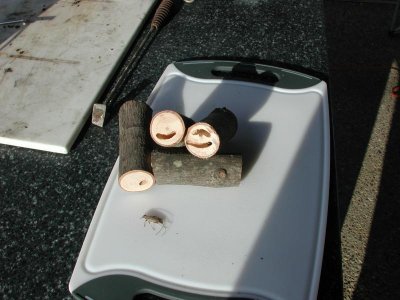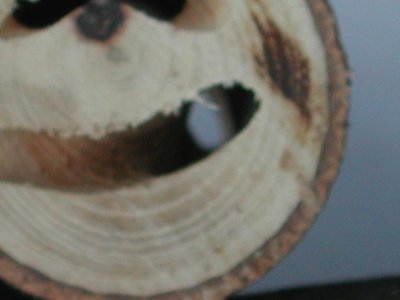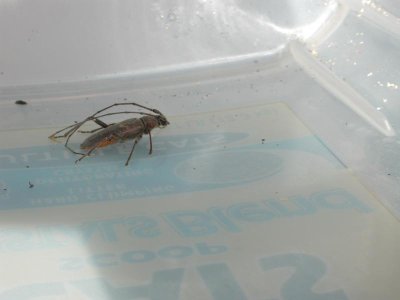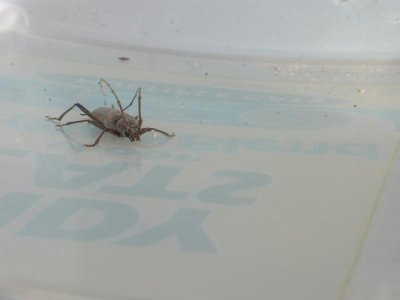Does Your Ash Tree Have the Emerald Ash Borer?
At this time the answer to the title question is most likely “No.” There have been numerous stories in the local newspapers regarding the emerald ash borer and this is making homeowners examine their trees. Many are finding holes in their trees and worrying that the tree has this new insect.
What most people don’t realize is that there has been another type of ash borer in our area for many, many years. It is commonly attracted to ash trees that are under stress and while it can kill the tree, this is often a slow process and good maintenance of the trees coupled with insecticide treatment at the proper time can minimize the damage.
The emerald ash borer often does a lot of damage quickly. According to the USDA Forest Service many trees lose as much as 30-50 percent of their canopy in one year and the tree is often completely killed in 2-3 years.
So, how do you know which borer is in your tree? Look at the holes made. The ash borer we commonly see here makes a round hole, about 1/8-1/4 inch in diameter. The hole of the emerald ash borer is shaped like a ‘D’ with one side being distinctly flat.
At this time, we should not panic about the emerald ash borer, but we should be on the look out for it. The excerpt quoted below is from Dr. Phil Nixon, University of Illinois Entomologist. It was written in late August and gives an update on the location of the insect in the Midwest:
"Continue to watch for emerald ash borer. Recently, new infestations were reported in the Lansing, Michigan, area and in Ohio across the state line from Fort Wayne, Indiana. These infestations are considerably closer to us than those previously reported in the Detroit, Michigan, and Toledo, Ohio, areas.
Movement of this pest from infested areas is most likely on firewood and nursery stock. This pest was detected and identified in North America in July 2002, but estimates are that it has been in southeastern Michigan for 8 to 10 years. Ashes moved out as nursery stock during that time could easily have been infested. This beetle is common in younger as well as older trees. If you obtained nursery stock from that area during the last 10 years, scout areas where it was planted for signs of this beetle.
Infestations have been found in Michigan in green, white, and black ash. It would likely attack blue ash as well, but that plant is not common in southeastern Michigan. In Asia, it attacks
Ulmus davidiana var.
Japonica, used in some crosses for American elm replacement varieties.
Look for 1/8-inch, D-shaped holes in the bark—similar to exit holes of bronze birch borer. Infested ash trees first show dieback of upper branches, progressing to death of major branches, water sprouts on the trunk, and finally, water sprouts at the base of the otherwise dead tree. If suspects are found, contact the Illinois Department of Agriculture.”
http://urbanext.illinois.edu/hortihints/0310b.htmlOctober - November 2003:








